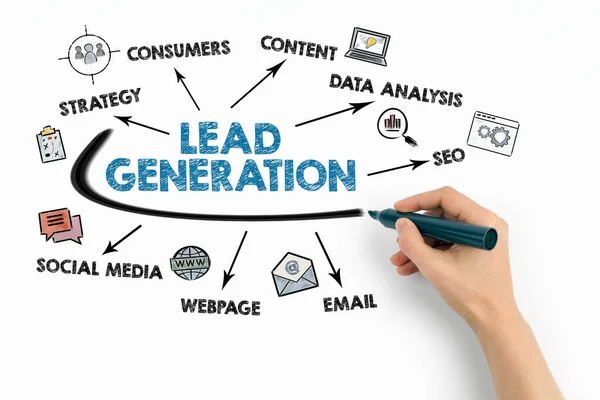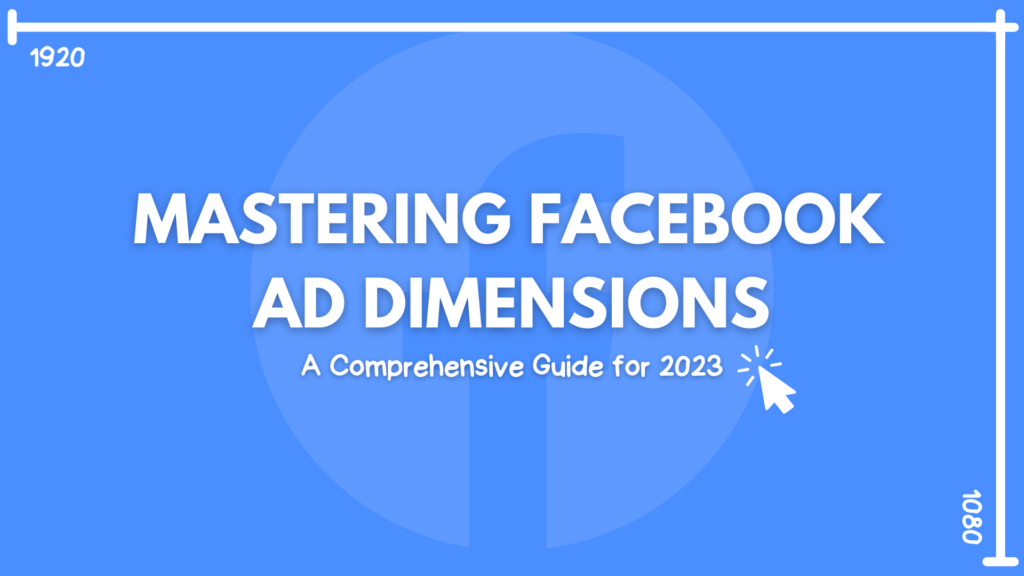Turning Leads into Sales
Today, we’re diving into a hot topic: turning leads into sales. It’s a common gripe—people say, “Ah, my leads are the problem,” or “Ah, my sales are the problem.” But who’s really at fault? Is it your leads department or your sales team that’s costing you money? Let’s debunk this myth and figure out the best practices for handling leads and turning them into sales.
Over the past year and a half, we’ve worked with over 140 companies, generating more than 300,000 leads. From this experience, we’ve identified key strategies to enhance your lead conversion rates. So, let’s get into it!
The Core of a Successful Business: Consistent Lead Generation
At the heart of any successful business lies a robust lead generation strategy. Consistent lead flow on the front end ensures that your business can thrive and grow. If you can find new business consistently, you’ll never have a problem making money on the back end. This podcast episode is for everyone from salespeople and marketers to CEOs and management teams, providing insights into effective lead generation and conversion.
Digital Leads: The Challenges and Solutions
One of the biggest restrictions around converting digital leads is dealing with higher no-answer rates, incorrect data, and people fishing for information without genuine interest. This is especially true with leads generated through social platforms like Facebook and Instagram. These leads often lack the immediate intent to buy, making them harder to convert.
However, there are key strategies to mitigate these issues:
- Gather the Right Information: When collecting leads, ask strategic questions that help you qualify the leads from the get-go. If you need to know someone’s financial structure or business details, include these questions in your lead capture forms. This might reduce the number of leads, but it increases the quality, making your sales team more efficient.
- Qualifying Leads: Use multiple-choice questions to filter out non-serious leads. This ensures your sales team spends time only on leads with a higher potential to convert.
- Effective Call Structure: When contacting leads, start with specific information about their inquiry. Instead of saying, “I think you inquired on Facebook,” say, “You put your details in inquiring about this service on this date. What made you interested?” This approach makes you appear knowledgeable and prepared, increasing the chances of a productive conversation.
The Triage Method: Enhancing Efficiency
To maximise efficiency, we recommend the triage method, where you have multiple bookers setting appointments for a few specialised closers. This division allows bookers to focus on relationship-building and filtering out low-quality leads, while closers can hone their closing skills.
With this method:
- Bookers get really good at booking appointments and cutting through unqualified leads.
- Closers specialise in converting leads into sales.
This structure has proven successful for many of our clients, especially those dealing with high lead volumes. It allows businesses to track performance accurately, determine the cost per booking, and understand how many bookings are needed for a conversion.
Key Takeaways
- Qualify Leads Early: Use strategic questions in your lead capture forms to gather necessary information and filter out unqualified leads.
- Effective Communication: Approach lead calls with specific details about their inquiry to establish credibility and engagement.
- Triage Method: Implement a division of roles between bookers and closers to maximise efficiency and conversion rates.
By adopting these strategies, you can significantly improve your lead conversion rates and make your sales process more efficient. If you need help generating high-quality leads or want to discuss your lead generation strategy, visit us at earngmedia.com.au or reach out to us on social media.
Interested in learning more? Watch the video here!












